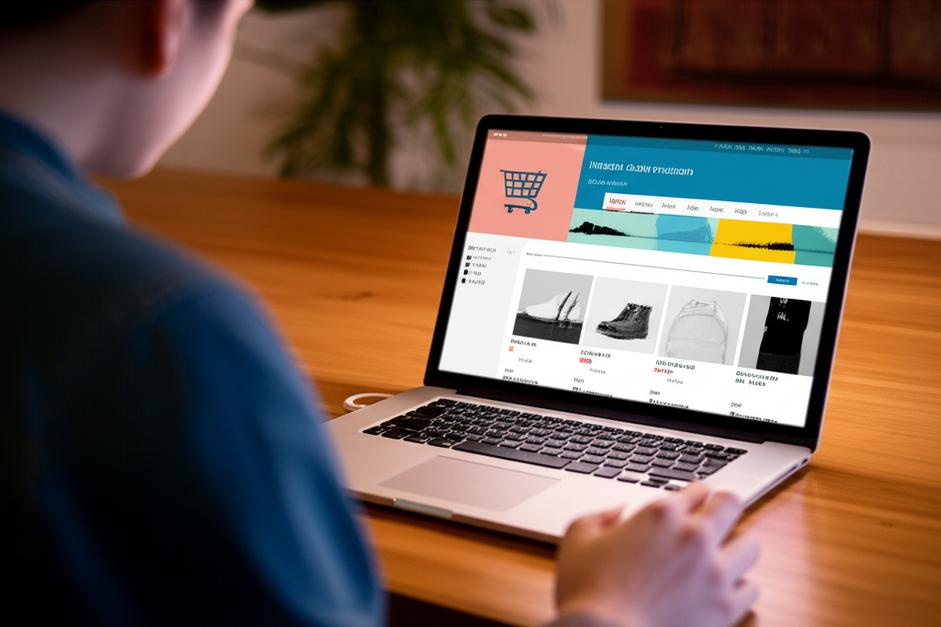Customer Personalization: Driving Growth Through Tailored Experiences

Customer Personalization: The Key to Modern Business Growth
Nội dung
- 1 Customer Personalization: The Key to Modern Business Growth
- 1.1 What is Customer Personalization?
- 1.2 Why is Customer Personalization Important?
- 1.3 How to Develop a Customer Personalization Strategy
- 1.4 Examples of Customer Personalization in Action
- 1.5 Common Challenges and How to Overcome Them
- 1.6 The Future of Customer Personalization
- 1.7 Conclusion
- 1.8 Chia sẻ:
- 1.9 Thích điều này:
In today’s competitive landscape, generic marketing simply doesn’t cut it. Customers expect brands to understand their individual needs and preferences. This is where customer personalization comes in. It’s about delivering tailored experiences that resonate with each customer, leading to increased engagement, sales, and loyalty.
What is Customer Personalization?
Customer personalization is the process of tailoring experiences to individual customers based on their data, behavior, and preferences. This can include personalized product recommendations, targeted marketing messages, customized website content, and even individualized customer service interactions.
- Who benefits? Both businesses and customers. Businesses see increased revenue and loyalty, while customers receive more relevant and valuable experiences.
- What is personalized? Everything from product recommendations and marketing emails to website content and customer service interactions.
- Where does it happen? Across all customer touchpoints, including websites, apps, email, social media, and in-store interactions.
- When is it effective? When based on accurate data and a deep understanding of customer needs.
- Why is it important? Because it fosters stronger customer relationships and drives business growth.
- How is it implemented? Through data analysis, segmentation, and the use of personalization technologies.
Why is Customer Personalization Important?
- Increased Engagement: Personalized experiences capture attention and keep customers engaged.
- Higher Conversion Rates: Tailored offers and recommendations lead to more sales.
- Improved Customer Loyalty: Customers feel valued when brands understand their needs.
- Enhanced Brand Perception: Personalization demonstrates that you care about your customers’ individual preferences.
- Competitive Advantage: Stand out from the crowd by delivering unique and relevant experiences.
How to Develop a Customer Personalization Strategy
Developing a successful customer personalization strategy involves several key steps:
Data Collection and Analysis: Gather data from various sources, including website activity, purchase history, social media interactions, and customer surveys. Use analytics tools to identify patterns and insights.
Example: A retail store could track which products customers browse online and in-store to create personalized recommendations.
Customer Segmentation: Divide your customer base into distinct groups based on shared characteristics and behaviors. This allows you to tailor your messaging and offers to specific segments.
Example: Segment customers based on their purchasing habits (e.g., frequent buyers, occasional buyers, first-time buyers) and tailor promotions accordingly.
Personalization Technology: Implement tools and platforms that enable you to deliver personalized experiences at scale. These may include:
- CRM (Customer Relationship Management) systems: Salesforce, HubSpot, Zoho CRM
- Marketing Automation Platforms: Mailchimp, Marketo, ActiveCampaign
- Personalization Engines: Dynamic Yield, Evergage (now Salesforce Interaction Studio), Optimizely
- E-commerce Platforms: Shopify, WooCommerce, Magento (Adobe Commerce)
- POS (Point of Sale) systems: eBiz POS
Ebiz POS is a Point of Sale system often used in retail and hospitality, which can integrate with CRM and marketing automation platforms to contribute to a personalized customer experience by tracking purchase history and preferences. Learn more about Ebiz POS.
Content Personalization: Create dynamic content that adapts to individual customer profiles. This can include personalized product recommendations, targeted ads, and customized website content.
Example: Display different website content to first-time visitors versus returning customers.
Personalized Communication: Tailor your email marketing, SMS messages, and other communications to individual customer preferences. Use personalized subject lines, greetings, and offers.
Example: Send birthday emails with special discounts or personalized product recommendations based on past purchases.
Testing and Optimization: Continuously test and refine your personalization efforts to improve their effectiveness. Use A/B testing to experiment with different approaches and measure the results.
Example: Test different email subject lines to see which ones generate the highest open rates.
Examples of Customer Personalization in Action
- Netflix: Recommends movies and TV shows based on viewing history.
- Amazon: Suggests products based on past purchases and browsing behavior.
- Spotify: Creates personalized playlists based on listening habits.
- Starbucks: Offers personalized rewards and promotions through its mobile app.
- Sephora: Provides personalized product recommendations and beauty tips based on customer profiles.
Common Challenges and How to Overcome Them
- Data Privacy Concerns: Be transparent about how you collect and use customer data. Obtain consent where necessary and comply with privacy regulations like GDPR and CCPA.
- Data Silos: Break down silos between different departments and systems to create a unified view of the customer. Integrate your CRM, marketing automation, and e-commerce platforms.
- Lack of Resources: Start small and focus on the most impactful personalization opportunities. Consider outsourcing some tasks to specialized agencies.
- Complexity: Keep your personalization efforts simple and focused. Avoid over-personalization, which can be creepy or intrusive.
The Future of Customer Personalization
The future of customer personalization is likely to be driven by advancements in artificial intelligence (AI) and machine learning (ML). These technologies will enable businesses to deliver even more sophisticated and personalized experiences at scale.
- AI-powered personalization: AI algorithms can analyze vast amounts of data to identify patterns and predict customer behavior with greater accuracy.
- Hyper-personalization: Delivering truly individualized experiences based on a holistic understanding of each customer.
- Real-time personalization: Adapting experiences in real-time based on current customer behavior and context.
Conclusion
Customer personalization is no longer a luxury; it’s a necessity for businesses that want to thrive in today’s competitive market. By understanding your customers’ needs and preferences, you can deliver tailored experiences that drive engagement, increase sales, and foster lasting loyalty. Embrace personalization to unlock the full potential of your customer relationships and achieve sustainable business growth. Start small, focus on the most impactful areas, and continuously test and optimize your efforts to achieve the best results. Remember to prioritize data privacy and be transparent with your customers about how you are using their information.
For more in-depth information, explore these resources:

